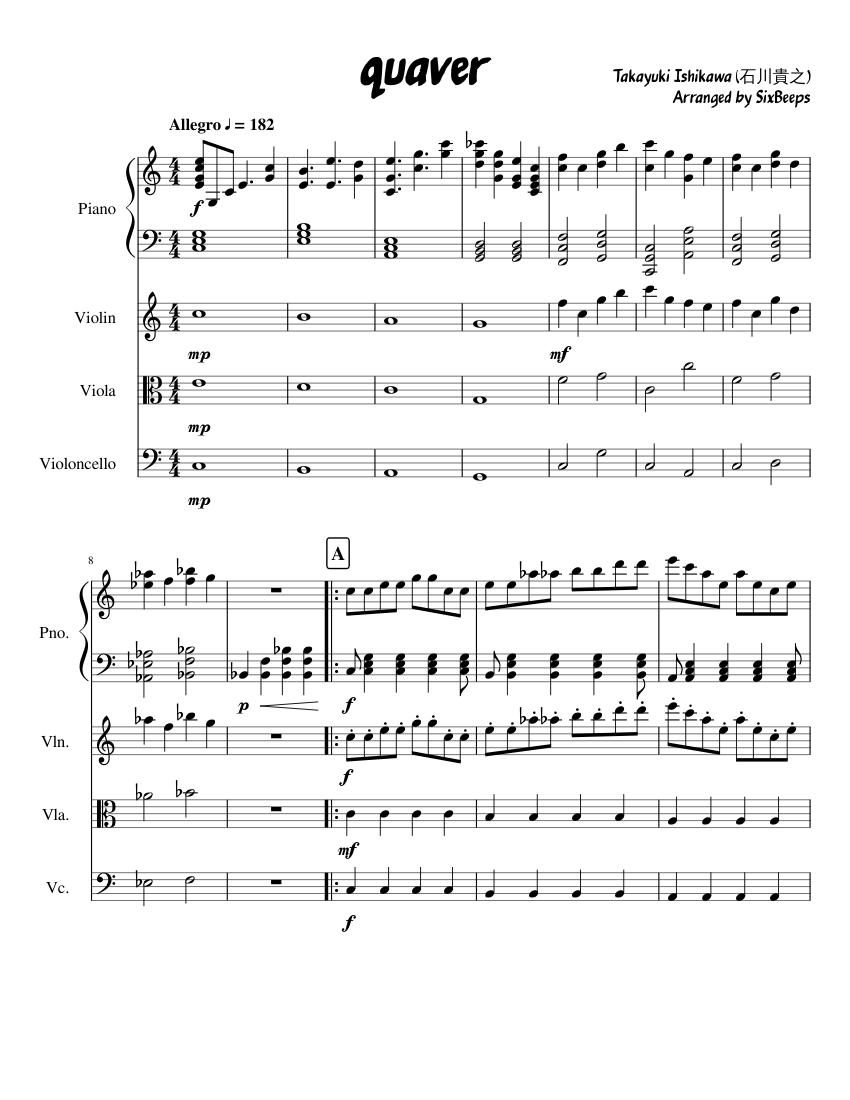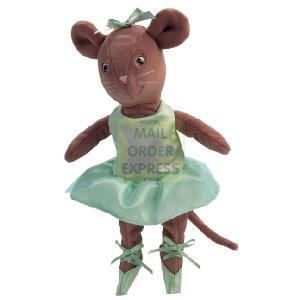

Replay System: Go back in time by watching your previous scores.Export and share your skins with friends or upload them to the Steam workshop.

Advanced Skinning System: Completely customize your gameplay experience with the ability to create skins.Upload and share them with the world, and submit them for official ranking. Quaver Piano School provides piano lessons for students of all levels and ages, no matter if they have chosen music as a career or. Fully-Featured Map Editor: Create your own maps to any of your favorite songs.Great fun to play and a joy to watch, these entertaining pieces have. Online Multiplayer: Challenge up to 16 players in online multiplayer battles with a large focus on competition. Crazy Crotchets & Quirky Quavers is a set of action Piano duets with a difference.Each game mode has separate global and country leaderboards to compete on. Two Game Modes: Play the game with 4 keys or challenge yourself with 7.This game is built completely from the ground up based on community feedback and is heavily inspired by a variety of our favorite rhythm games. We're aiming to provide a fully-featured 4 and 7 key vertically scrolling rhythm game client complete with a sleek and minimalistic user interface. Create your own maps or challenge the world in online multiplayer matches. For example, a whole note (or semibreve), which is worth four beats, can be divided into two half notes. Every type of music note can be split up and divided into two equal beats. In contrast, Unicode's Musical Symbols block includes eighth note symbols designed to be used in computerized musical notation.Quaver is a community-driven and open-source competitive rhythm game with two game modes and online leaderboards. A triplet is a type of tuplet that allows us to play three notes in the time of two notes. Additions to the Unicode standard incorporated eighth note depictions from Japanese emoji sets: ascending eighth notes (U+1F39C, 🎜), descending eighth notes (U+1F39D, 🎝), a graphical generic musical note generally depicted as an eighth note (U+1F3B5, 🎵), and three unconnected eighth notes in sequence (U+1F3B6, 🎶).

#Quaver piano code#
These symbols are inherited from the early 1980s code page 437, where they occupied codes 13 and 14 respectively. In Unicode, the symbol U+266A (♪) is a single eighth note and U+266B (♫) is a beamed pair of eighth notes. A single eighth note is always stemmed with a flag, while two or more are usually beamed in groups in instrumental music. In 3Ĩ they are typically beamed in groups of three. Įighth notes may be beamed together in groups (Figure 2). A related symbol is the eighth rest (or quaver rest), which denotes a silence for the same duration. The stem is on the right of the notehead extending upwards or on the left extending downwards, depending primarily on where the notehead lies relative to the middle line of the staff. Įighth notes are notated with an oval, filled-in note head and a straight note stem with one note flag (see Figure 1). It is the equivalent of the fusa in mensural notation. Its length relative to other rhythmic values is as expected-e.g., half the duration of a quarter note (crotchet), one quarter the duration of a half note (minim), and twice the value of a sixteenth note. This automatically creates a new empty map for you. An eighth note ( American) or a quaver ( British) is a musical note played for one eighth the duration of a whole note (semibreve). Drag your mp3 into Quaver while you're in song selection.


 0 kommentar(er)
0 kommentar(er)
